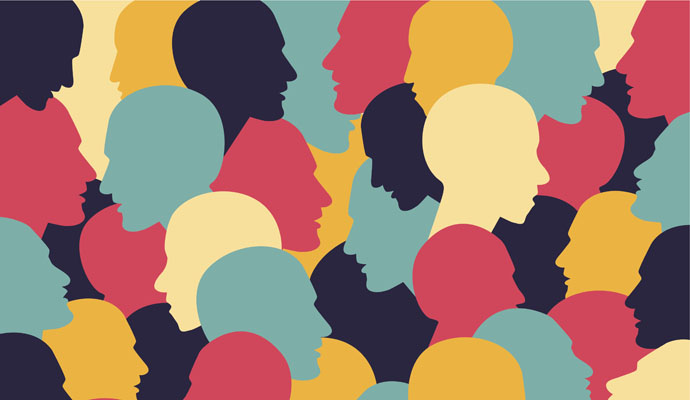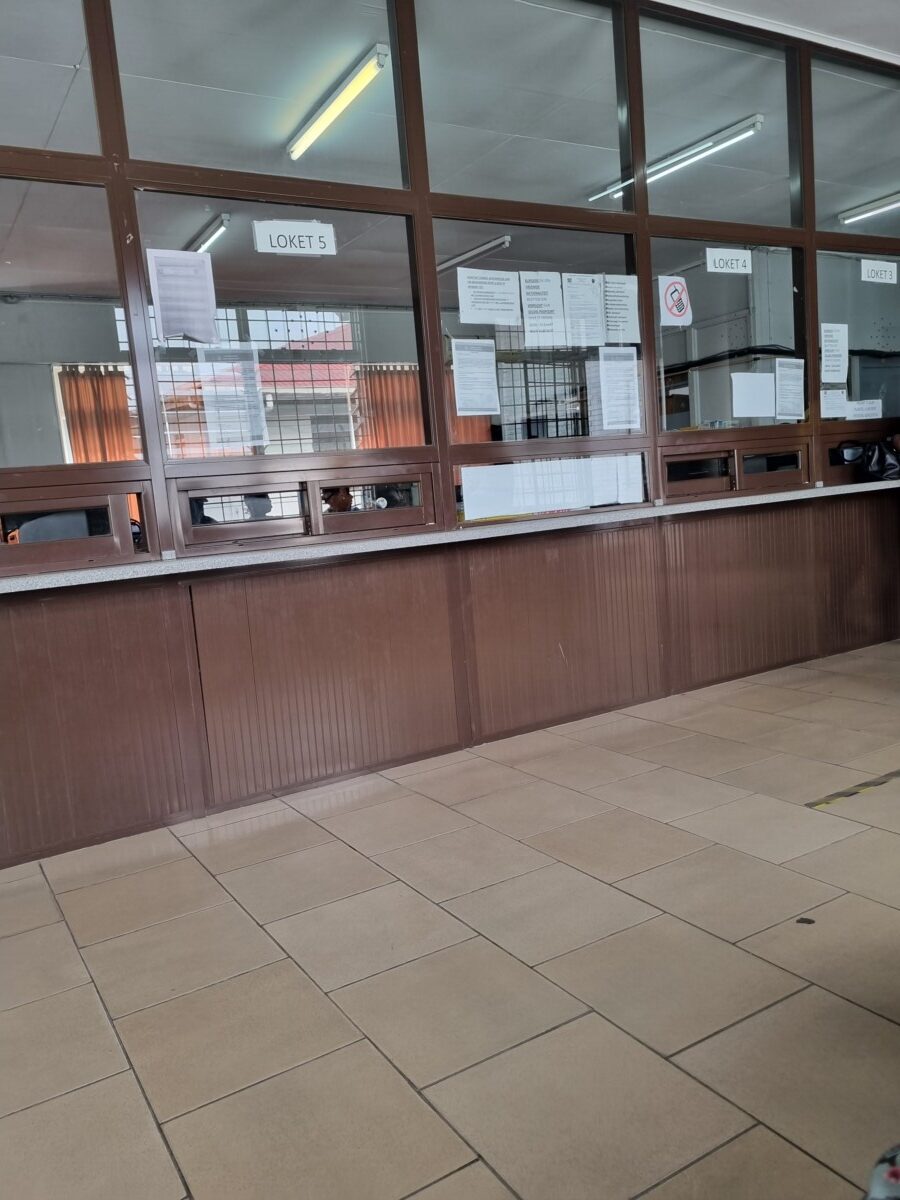High Cost And Stigma: Why Mental Healthcare Remains Underutilized

Table of Contents
The Crushing Burden of Cost
The financial burden of accessing mental healthcare is a significant barrier for many. High out-of-pocket expenses and limited insurance coverage create a system where seeking help can feel financially impossible, particularly for low-income individuals and families.
High Out-of-Pocket Expenses
The cost of mental health services can be prohibitive.
- High cost of therapy sessions: Individual therapy sessions can range from $100 to $300 per session, quickly accumulating substantial costs, even with a few sessions per month. Group therapy may be more affordable but still presents a financial barrier for some.
- Expensive medication: Psychiatric medications, while essential for many, can cost hundreds of dollars per month, especially without insurance coverage. The cost of medication can be particularly daunting for those struggling financially.
- Lack of insurance coverage: Many insurance plans offer limited or no coverage for mental health services, leaving individuals to shoulder the entire financial burden. This can be especially challenging for those with pre-existing conditions or those employed by companies with less comprehensive benefits packages.
- Deductibles and co-pays: Even with insurance, high deductibles and co-pays can make accessing mental health services unaffordable for many. The accumulation of these costs can quickly lead to forgoing necessary treatment.
These costs deter individuals, particularly those with low incomes, from seeking the mental health support they desperately need. The financial stress itself can worsen existing mental health conditions, creating a vicious cycle.
Limited Insurance Coverage and Benefits
Insurance limitations further restrict access to mental health services.
- Insufficient number of sessions covered: Many plans limit the number of therapy sessions covered annually, forcing individuals to either stop treatment prematurely or pay out-of-pocket for continued care.
- Limited network of providers: Insurance companies often have narrow networks of in-network providers, limiting individuals' choices and potentially leading to long wait times for appointments.
- Restrictive pre-authorization requirements: The need for pre-authorization for mental health services can create bureaucratic hurdles and delays, further discouraging individuals from seeking help.
Data consistently shows that a significant percentage of the population lacks adequate mental health coverage, directly contributing to underutilization of mental healthcare services. Increased government funding and advocacy for better insurance coverage are essential to addressing this disparity.
The Persistent Shadow of Stigma
Beyond financial barriers, the pervasive stigma surrounding mental illness significantly impacts help-seeking behavior. Negative societal attitudes and misconceptions create a climate of fear and shame that prevents individuals from openly seeking the mental health services they need.
Societal Attitudes and Misconceptions
Negative stereotypes and misconceptions fuel stigma.
- Fear of judgment: Many individuals fear judgment, ridicule, and discrimination from family, friends, colleagues, and society at large.
- Shame: The internalized shame associated with mental illness can be a powerful deterrent to seeking help.
- Discrimination: People with mental illness frequently face discrimination in employment, housing, and social settings.
- Workplace stigma: The fear of losing their job or facing career setbacks prevents many from disclosing their mental health conditions to their employers.
- Social isolation: Stigma can lead to social isolation and a reluctance to engage in social activities, further exacerbating mental health challenges.
These attitudes manifest in daily life, contributing to a culture of silence and secrecy surrounding mental illness.
The Impact of Stigma on Help-Seeking Behavior
The fear of judgment and social consequences significantly impacts help-seeking behavior.
- Fear of losing jobs, relationships, or social standing: The fear of negative repercussions prevents many individuals from seeking professional help.
- Reluctance to admit vulnerability: Many people view seeking mental healthcare as an admission of weakness or failure, reinforcing the stigma and delaying treatment.
- Internalized stigma: Individuals may internalize negative societal attitudes, leading to self-blame, shame, and a reluctance to seek help.
The consequences of delayed or avoided treatment can be severe, including worsening symptoms, increased risk of suicide, and compromised overall well-being.
Breaking the Stigma: Advocacy and Education
Combating stigma requires proactive efforts:
- Public awareness campaigns: Raising awareness about mental illness through public service announcements and educational initiatives can help dispel misconceptions.
- Educational programs: Schools, workplaces, and communities can implement educational programs to promote understanding and empathy.
- Celebrity endorsements: Public figures sharing their personal experiences with mental illness can help normalize seeking help and reduce stigma.
- Promoting open conversations about mental health: Encouraging open and honest conversations about mental health can create a more supportive and understanding environment.
The Interplay of Cost and Stigma
The high cost of mental healthcare exacerbates the effects of stigma, and vice versa. Financial insecurity can amplify feelings of shame and inadequacy, making individuals even less likely to seek help. Conversely, the stigma surrounding mental illness can lead to job loss or financial instability, further limiting access to treatment. Addressing both issues simultaneously is crucial. Increasing access to affordable mental healthcare options, coupled with widespread public awareness campaigns, is essential to break this cycle.
Conclusion
The substantial financial barriers and the pervasive stigma associated with mental healthcare are significant reasons for its underutilization. Many individuals struggle silently, unable to access the support they need due to cost or fear of judgment. To improve mental wellbeing, we need to make mental healthcare more accessible and affordable while simultaneously challenging the deeply ingrained stigma surrounding mental illness.
Let's work together to dismantle the barriers to accessing essential mental healthcare. By advocating for change – contacting our representatives to support increased funding for mental health services, supporting mental health organizations, and engaging in open and honest conversations about mental wellbeing – we can help ensure that everyone has access to the support they need. Let's make mental healthcare a priority, not a privilege.

Featured Posts
-
 Road To Ofc U 19 Womens Championship 2025 Tongas Qualification Triumph
May 02, 2025
Road To Ofc U 19 Womens Championship 2025 Tongas Qualification Triumph
May 02, 2025 -
 Xrps Meteoric Rise Is It Too Late To Invest In Ripple
May 02, 2025
Xrps Meteoric Rise Is It Too Late To Invest In Ripple
May 02, 2025 -
 Analysis Saudi Arabias Game Changing Abs Market Reform
May 02, 2025
Analysis Saudi Arabias Game Changing Abs Market Reform
May 02, 2025 -
 Fortnite Game Mode Shutdowns What Does It Mean For The Future
May 02, 2025
Fortnite Game Mode Shutdowns What Does It Mean For The Future
May 02, 2025 -
 Lange Wachttijden Enexis Over 1000 Limburgse Ondernemers Getroffen
May 02, 2025
Lange Wachttijden Enexis Over 1000 Limburgse Ondernemers Getroffen
May 02, 2025
